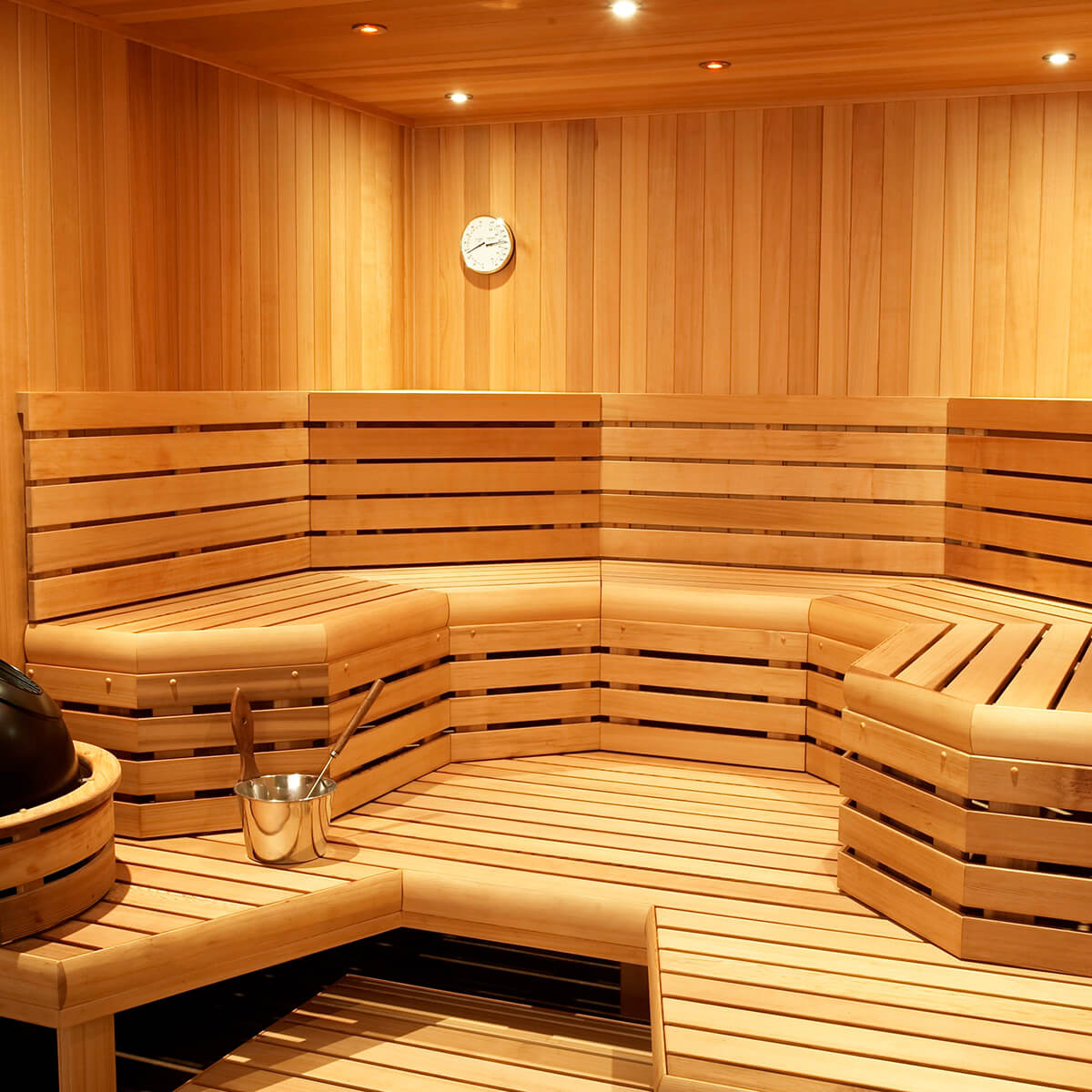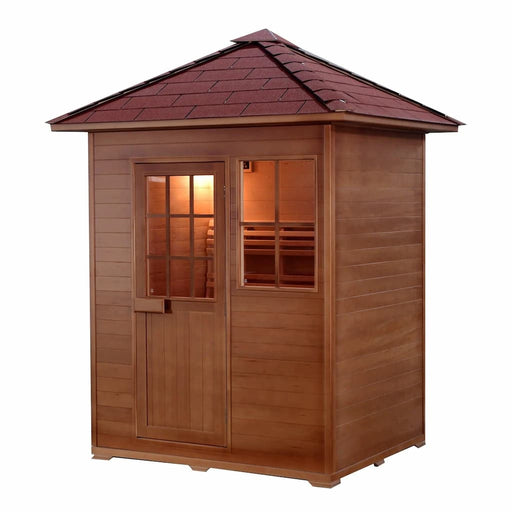Traditional Sauna - The Facts
Rumored Buzz on Traditional Sauna
Table of ContentsNot known Factual Statements About Traditional Sauna Traditional Sauna Can Be Fun For EveryoneThe 25-Second Trick For Traditional SaunaWhat Does Traditional Sauna Do?Things about Traditional Sauna
The majority of the weight shed in a sauna is water loss and is re-gained upon rehydrating. Without an uncertainty sauna can be a vital component of a healthy weight loss program. To look at the distinctions between conventional and IR saunas, I will divide these right into proven, academic, and fabricated differences.Therefore, the hottest point in the saunawhich is at the ceiling straight above the sauna heateris commonly in between 185 and 190 F. Claims that a standard sauna exceeds 200 F is just not true and not suitable for electrical saunas offered in the United States. The temperature for a far-infrared sauna is usually established between 120 and 140 F; nevertheless, unlike the conventional sauna, the objective in and IR space is not to attain a heat.
Due to this, the temperature distinction is nearly pointless, given that profuse sweating leads to both sauna types, but the method of heating up the body is various. In an IR sauna the bather will really feel warm and will sweat a lot, however at a lot lower temperatures (Traditional Sauna). Thus, if the objective is to invest longer time periods in the sauna, the IR sauna is an excellent choice
When a conventional sauna has actually been properly heated up, the sauna wall surfaces are warm, the air temperature has accomplished set temperature level and the rocks are very warmed. As an interesting side note, the warmed wall surfaces and the rocks are producing far-infrared warm, incorporated with the warmed air, to create an "covering heat".
The Single Strategy To Use For Traditional Sauna

When the high temperature is accomplished, the components cycle on and off to keep the high temperature. A lot of typical sauna customers delight in pouring water over the rocks to produce heavy steam to increase sauna humidity degrees. The benefits of putting water over the rocks consist of: making the space extra comfy, moistening the nasal flows, and enabling the use of aromatherapy by blending vital oils with the water.

When the energy enters the body, it creates the body temperature level to boost and eventually leads to sweating. In an infrared sauna it is essential for the emitters/heaters to remain on almost regularly. Given that there is no mass of rocks to keep warm, the sauna will cool if the emitters shut find here down.
As discussed over, the sauna bather in an infrared area desires to position himself before operating emitters to obtain optimal benefit from the warm. The home heating time for both areas can be very different, depending on just how the rooms are utilized. For a standard sauna, a bather needs to permit 30-40 mins for the room to attain a preferred temperature level and to correctly pre-heat the rocks.
The Ultimate Guide To Traditional Sauna
A well created sauna will generally attain a temperature of 150-160 F in concerning 30-40 minutes. For hotter temperature levels, the area may need to warm for a longer period.

Standard saunas tend to be bigger (hence utilize even more power) than infrared saunas, although typical saunas are definitely offered in one and two individual dimensions. For a two-person conventional sauna, 5x6 or 5x7 size is most prominent. The leading bench can pleasantly seat two or 3 people and is likewise long sufficient to relax during the sauna session.
Traditional Sauna for Dummies
The average expense per kWH of power in the U.S. is roughly $0.11, so a 4.5 kW heating unit will set you back approximately $.50 to run for one hour, if the heating system runs continuously for one hour. Commonly a sauna heater will certainly compete 75% of the first hour and 50% of subsequent hours on given that the aspects cycle once the established temperature is accomplished.

Lastly, there is a hardly ever discussed difference in the social experience between both rooms. While our culture has actually lost some of the social advantage of the traditional sauna experience, it can be extremely socially gratifying (Traditional Sauna). From family members time in the sauna, to heart-felt conversations with loved ones, to sauna partiesthe conventional sauna experience can result in intimate socializing
The Traditional Sauna Statements
A lot of greater end infrared rooms consist of colored light therapy, sound systems and full-glass fronts.